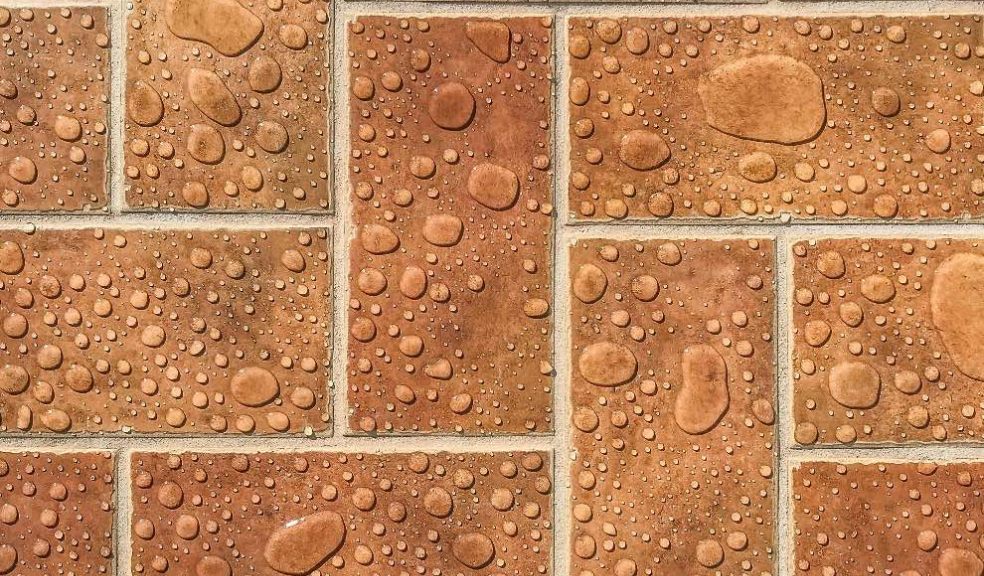
Waterproofing Essentials: Protecting Foundations and Basements from Moisture
Waterproofing is one of the most critical aspects of building design and construction, especially when it comes to foundations and basements. These structural elements are in constant contact with soil and groundwater, making them highly susceptible to moisture infiltration. Without adequate waterproofing, the structural integrity of a building can be compromised, leading to costly repairs and potential safety concerns.
In this blog, we will explore the essentials of waterproofing for foundations and basements, why it is important, and the best solutions to protect these areas from moisture-related damage.
The Importance of Waterproofing Foundations and Basements
Foundations and basements are the backbone of any structure. They support the entire building and provide stability, but their location below ground level exposes them to unique challenges. Moisture from groundwater, rain, or leaking pipes can seep into these areas, causing problems such as:
- Structural damage: Persistent water exposure can weaken concrete, leading to cracks, spalling, and compromised load-bearing capacity.
- Mould and mildew growth: Moisture creates a breeding ground for mould, which not only damages interiors but also poses health risks to occupants.
- Dampness and odours: Water infiltration often leads to musty smells and unsightly damp patches on walls and floors.
- Increased maintenance costs: Neglecting waterproofing can result in frequent repairs, driving up long-term expenses.
Waterproofing serves as a protective barrier that prevents water from entering the structure, ensuring its longevity and usability.
Key Waterproofing Solutions for Foundations and Basements
Choosing the right waterproofing solution is critical to achieving durable protection. Several methods and materials are available, each suited to different conditions and requirements.
1. Cementitious Waterproofing
Cementitious waterproofing is one of the most common methods for protecting foundations and basements. It involves applying a cement-based coating to concrete surfaces, creating a strong, watertight seal. These coatings are easy to use and ideal for both new construction and renovation projects.
Cementitious waterproofing is especially effective for:
- Basements in contact with groundwater
- Retaining walls
- Underground parking structures
2. Bituminous Membranes
Bituminous waterproofing membranes are widely used for their durability and resistance to water. These sheets or coatings are made from asphalt and are applied to surfaces to form a robust, waterproof layer. Bituminous membranes are suitable for high-moisture areas and provide excellent protection against hydrostatic pressure.
3. Liquid-Applied Membranes
Liquid-applied membranes offer flexibility and versatility, making them ideal for irregular or complex surfaces. These materials are applied with a brush, roller, or spray, creating a seamless, waterproof barrier. Once cured, they provide long-lasting protection against moisture ingress.
Liquid-applied membranes are commonly used for:
- Basement walls and floors
- Foundations with intricate details
- Vertical and horizontal surfaces
4. Sheet Membranes
Sheet membranes are pre-fabricated waterproofing systems that are adhered to surfaces using adhesive or heat. They provide consistent thickness and excellent resistance to water. Sheet membranes are particularly effective for large-scale projects or areas with high hydrostatic pressure.
5. Drainage Systems
In addition to waterproofing materials, a proper drainage system is essential for protecting foundations and basements. Drainage systems redirect water away from the structure, reducing the risk of water pooling and infiltration. Key components of a drainage system include:
- Perimeter drains or French drains
- Sump pumps to remove accumulated water
- Gravel backfills to improve water flow
Best Practices for Basement and Foundation Waterproofing
Effective waterproofing requires more than just choosing the right materials. Following best practices ensures long-lasting protection and reduces the risk of moisture-related issues.
1. Assess the Site Conditions
Before starting a waterproofing project, it’s essential to evaluate the site’s conditions. Consider factors such as soil type, groundwater levels, and rainfall patterns. These insights will help determine the most appropriate waterproofing solution.
2. Prepare the Surface
A clean, dry, and smooth surface is crucial for proper adhesion of waterproofing materials. Remove dirt, grease, or loose particles and repair any existing cracks or damage. For concrete surfaces, use a primer to enhance adhesion.
3. Apply Multiple Layers
Most waterproofing systems require multiple coats or layers for optimal performance. Ensure each layer is applied evenly and allowed to cure completely before adding the next.
4. Reinforce Weak Points
Pay special attention to joints, corners, and penetrations, as these are the most vulnerable to water ingress. Use additional sealants, tapes, or reinforcing fabrics to strengthen these areas.
5. Combine Methods
For maximum protection, consider combining waterproofing methods. For example, use a liquid-applied membrane for surface coverage and a drainage system to manage water flow.
6. Test for Effectiveness
After completing the waterproofing process, conduct a water test to check for any leaks or weak points. Address any issues immediately to ensure a watertight seal.
High-Performance Waterproofing Products
The quality of materials used in waterproofing plays a significant role in its effectiveness. Products like those in the Fosroc products range are trusted for their superior performance in preventing water ingress and protecting against moisture damage. Fosroc offers a variety of solutions, including cementitious coatings, membranes, and sealants, catering to diverse project requirements.
The Cost of Neglecting Waterproofing
Failing to waterproof foundations and basements properly can lead to significant consequences, including:
- Structural failures: Water-damaged foundations can compromise the stability of the entire building, leading to costly repairs or even reconstruction.
- Decreased property value: Properties with damp basements or visible water damage are less appealing to buyers and may fetch lower prices.
- Health hazards: Mould and mildew caused by water infiltration can trigger respiratory problems and allergies, impacting the health of occupants.
Investing in high-quality waterproofing from the outset is a cost-effective way to avoid these issues and protect your property’s value.
Conclusion: Building a Watertight Future
Waterproofing is a vital component of any construction project, particularly for foundations and basements that are constantly exposed to moisture. By understanding the challenges posed by water ingress and implementing effective solutions, builders and homeowners can safeguard their structures and ensure long-term durability.
Whether using cementitious coatings, bituminous membranes, or advanced products like Fosroc, the right waterproofing system can make all the difference. Combining these materials with best practices and proper site preparation ensures that your foundations and basements remain dry, secure, and free from damage.
By prioritising waterproofing in your construction or renovation projects, you can create a strong foundation for a safe and resilient future.

















